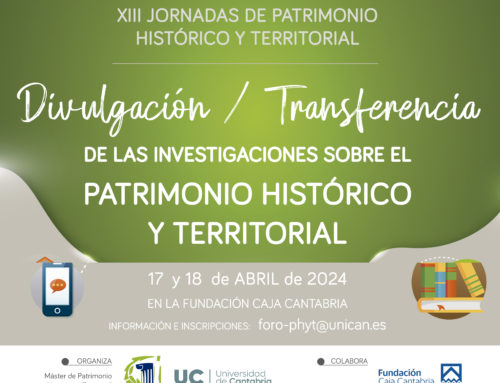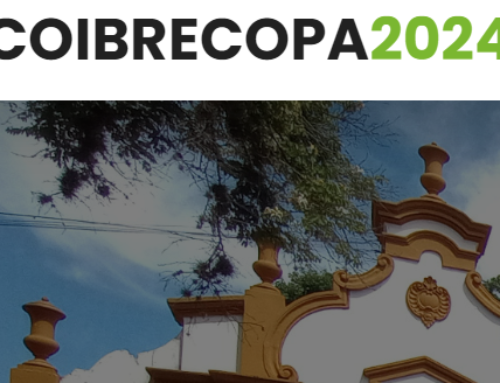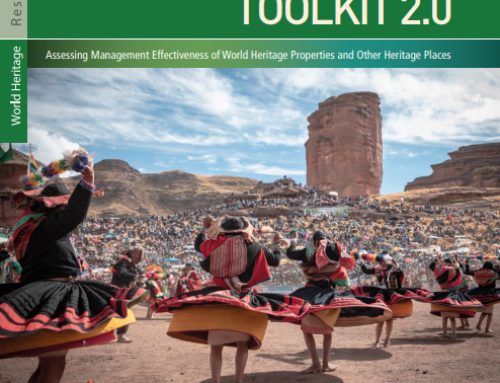|
THE HERITAGE OF OIL INDUSTRY TICCIH Thematic Study – 2020 Author: James Douet |
| This report forms part of a series of comparative thematic studies of the heritage of different industrial sectors organized by TICCIH in its role as the designated consultant to lCOMOS in matters related to the study and preservation of industrial heritage. In turn, ICOMOS advises UNESCO on properties to be added to the World Heritage List, drawing on its advice from TICCIHThe petroleum industry is approximately 160 years old, its origin conventionally dated by historians to the oil wells drilled in Ontario and Pennsylvania in the late 1850s. From that quite precise starting date, the development of the new industry and its technical means was very rapid. The volume of petroleum produced rose sharply, and the number of wells from which it was pumped extended to oil fields in many other countries. The range of useful products which could be derived from refining hydrocarbons also grew. Initially sought for producing kerosene illuminating oil, the advent of the combustion engine turned petroleum into the most important energy resource of the 20th century. Petroleum’s hegemony was reinforced from the 1950s by the advent of petrochemical products – plastics, textiles, dyes, medicines, solvents, fertilizers, pesticides, and many more. Today, crude oil and gas provide over 60% of the world’s primary energy needs. Burning the products of the petroleum industry has also substantially increased the amount of greenhouse gases in the atmosphere, contributing to global warming. The heritage of the petroleumindustry – the places, structures, sites and landscapes which we might choose to conserve for their historical, technical, social or architectural attributes – has not previously, however, been examined in a comprehensive way or from a global standpoint. This study aims to fill that gap by conducting a comparative review of the development of the industry so that the most significant historic sites related directly to the production and distribution of petroleum and its products might be identified and their historic values safeguarded. This heritage broadens from the production and distribution sites to include the camps and urban areas built for workers and employees, the headquarters and administrative buildings of the private and national oil companies, and the filling stations which became the most visible face of the industry.
|








Deje su comentario